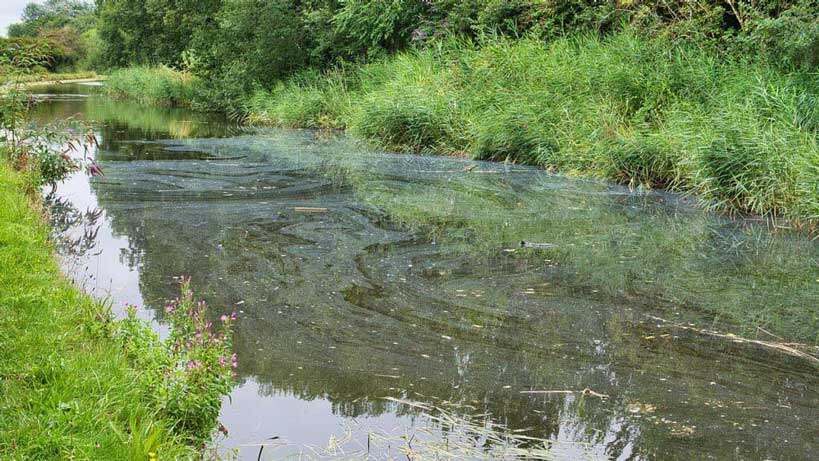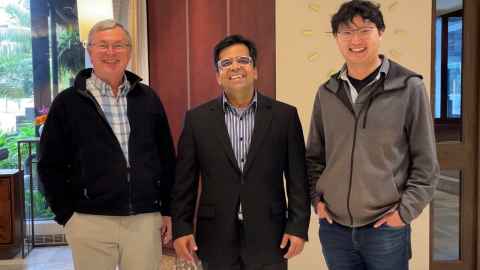Recent findings depict a gloomy picture of New Zealand’s water ecosystem. Researchers are developing a new device to help tackle the problem.


Photo: iStock.
The state of Aotearoa New Zealand’s water is a big concern for researchers.
“New Zealand’s water quality is quite short of the standards of where we should be when compared to other developed countries,” says Associate Professor Lokesh Padhye from the Faculty of Engineering.
Padhye has spent the past five years collaborating with Professor T. Alan Hatton from the Massachusetts Institute of Technology (MIT) and Professor Xiao Su from the University of Illinois Urbana-Champaign to find new ways to tackle environmental pollution and clean up our waters.
The collaborative research has been funded by the Royal Society of New Zealand’s Catalyst grant.
The research team are now focused on developing a portable device to remove contaminants from water, something that is especially relevant in the wake of troubling new findings that depict a gloomy picture of New Zealand’s water ecosystem.
A recent report from the Ministry of Environment showed that almost 50 percent of our rivers are not suitable for activities like swimming due to the risk of infection from campylobacter.
Four people died and over 5,000 fell ill after Havelock North’s water supply was contaminated with the same bacteria in 2016.
In addition to pathogens, chemical contaminants can also get into our water from many different sources, says Padhye. That includes agricultural runoffs, which commonly contain nutrients and pesticides that flow into rivers used for swimming, and impact fish and bird life.
“With New Zealand being an agricultural country, we hold that as a serious problem.”


It’s also common for PFAS or ‘forever chemicals’ to be found in wastewater, says Padhye.
“Wastewater treatment plants are a primary source for some of these ‘forever chemicals’. This is relevant when treated wastewater is sourced for drinking water. The prime example is Auckland drawing water from Waikato River, which has treated sewage from Hamilton and other upstream towns. Waikato River is highly polluted and contains not only PFAS but also pesticides, pharmaceuticals, heavy metals and other potentially toxic compounds.
“Disinfection by-products are another category of contaminants, where the source is the disinfectant, like chlorine, that’s used for killing the pathogens. So you’re achieving the main task of killing the microbes, but the secondary reactions of the disinfectant reacting with the organics in water form toxic compounds.
“Some of those compounds can have very high cancer-causing properties, and those can be formed in the drinking water distribution system due to residual disinfectants in our tap waters.”
The research team’s aim is to develop a portable device that can treat a range of different contaminants, rather than targeting a specific one. The devices would then be used to treat agricultural runoffs and wastewater-impacted source waters, as well as household drinking water.
The device relies on producing oxidising radicals that can decontaminate drinking water. All it needs is an electrical supply.
That could be especially useful for homes in Waiheke Island or some of New Zealand’s rural communities where rain tanks are used as a source of drinking water, says Padhye.
“These tanks get contaminated because of falling leaves or bird poop, which increases the risk of infection.”
Producing a portable device that can be shared with rural households or our neighbours in the Pacific islands will result in water that’s safer to drink, says Padhye.
“That could have a huge impact on the well-being of our communities. If we could make these devices affordable, and easy to reuse, which is the next planned phase of the project, then we have a potentially game-changing solution.”








































